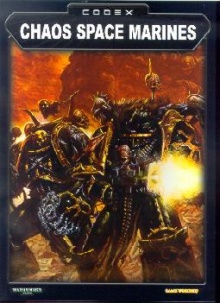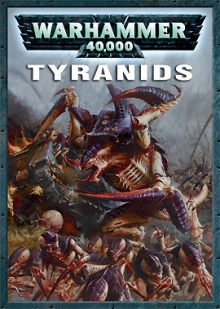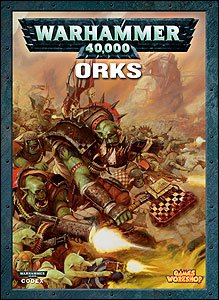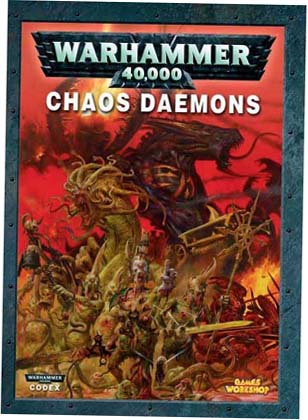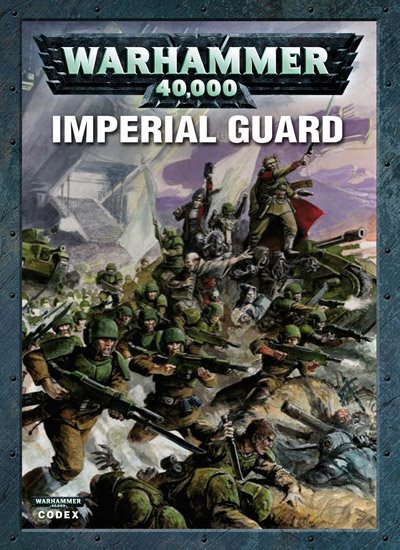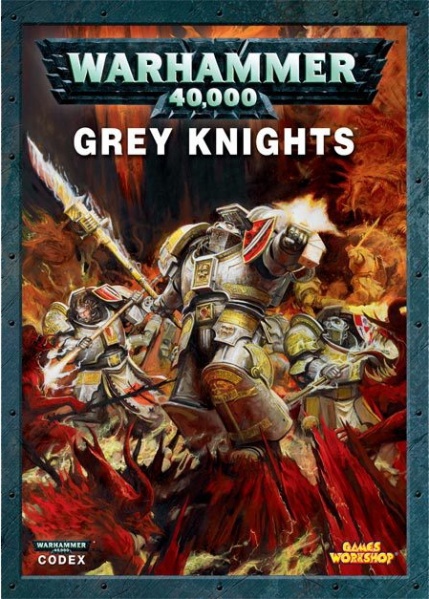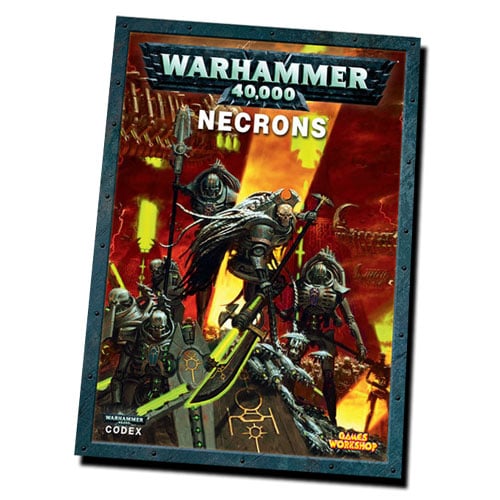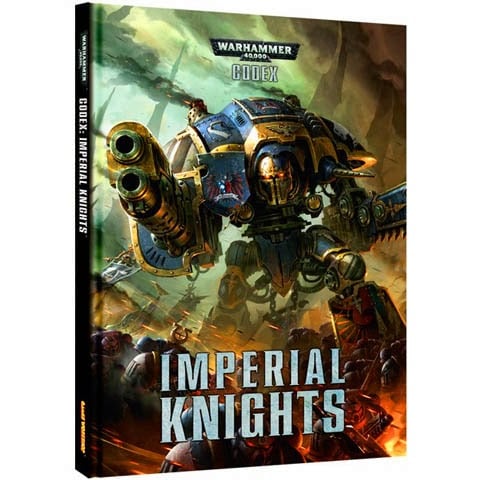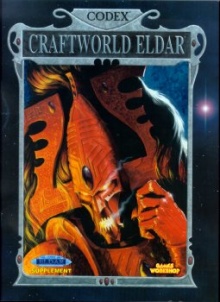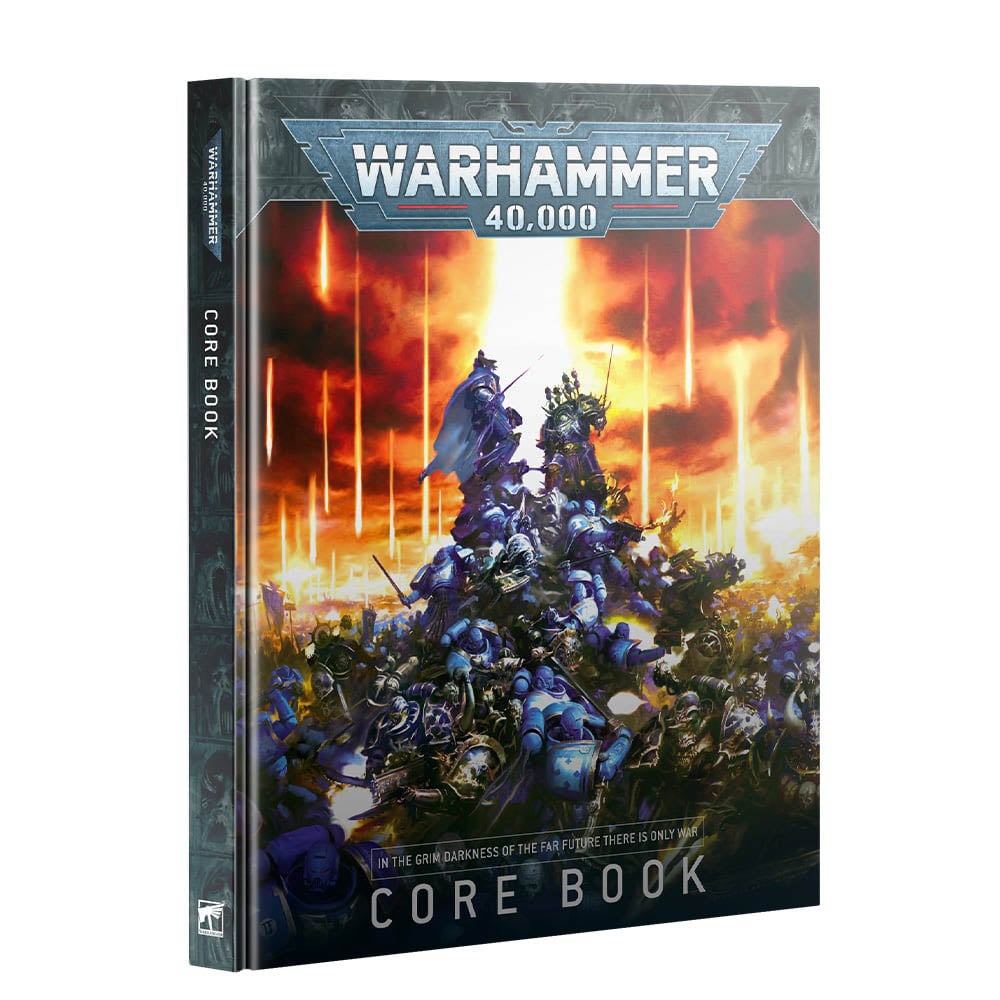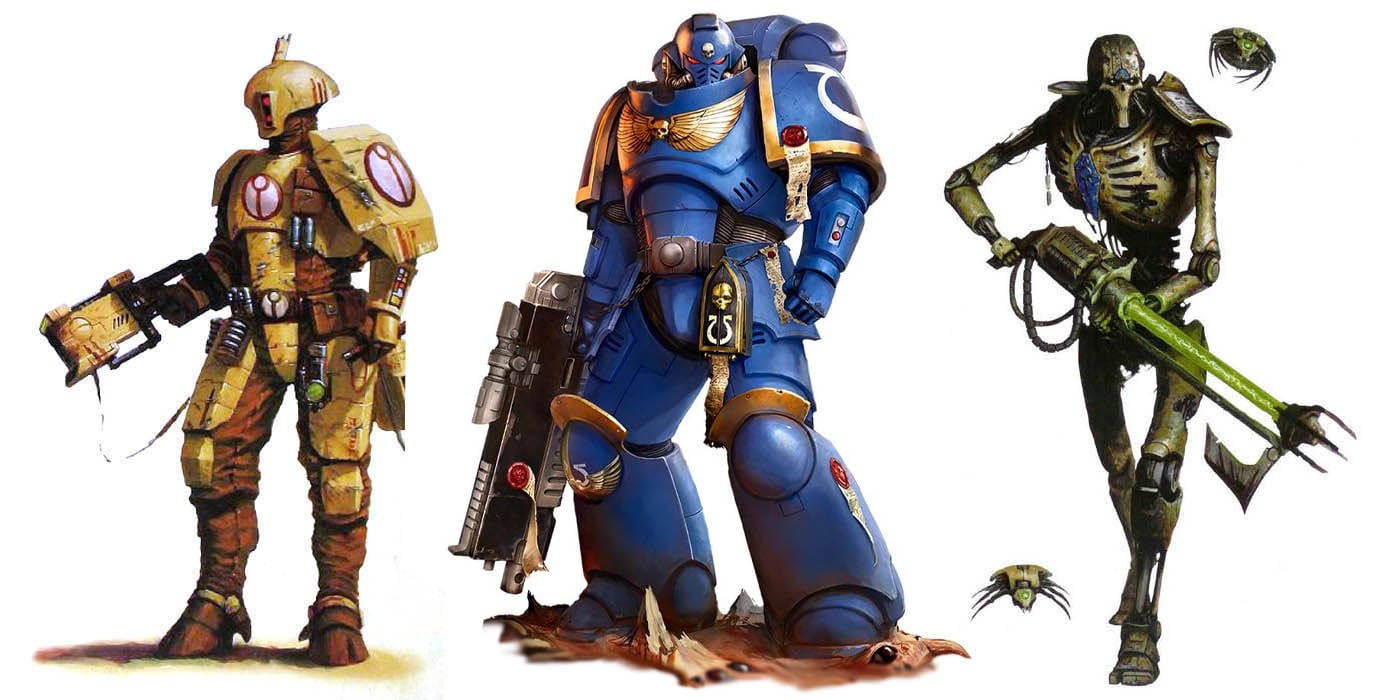Warhammer 40K: The Most Powerful Retro Codexes OF ALL TIME
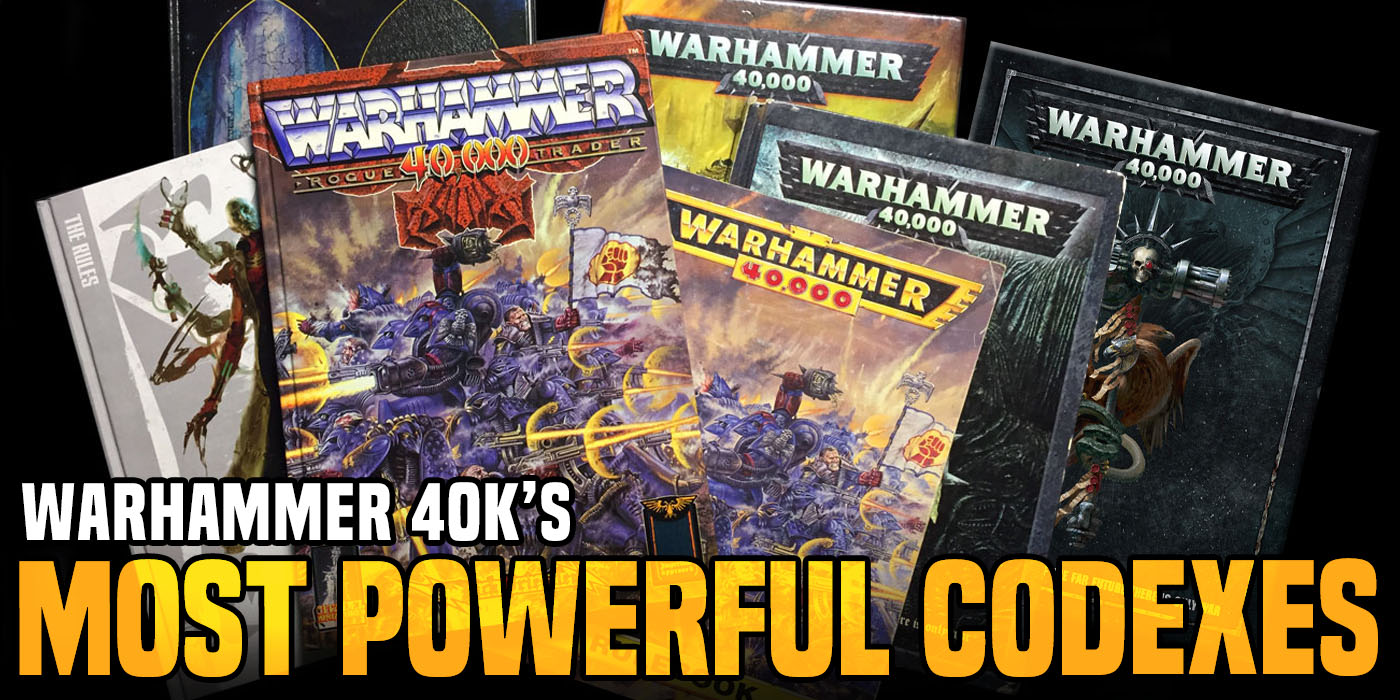

40K Codexes come and go in the endless cycle of editions. But these fewchanged the game forever. How many of these do you remember?
First of all some ground rules. We are still in the early phases of 10th Editon here. Plus, 10th is very much in the footsteps 9th, and 8th Edition before it – after GW hard rebooted the game after 7th, and the launch of Primaris Marines. That was in 2017 for you keeping score at home – and boy do those pre-COVID days feel like much longer ago than that!
So this list of the game’s most powerful codexes are from before that 2017 Rubicon-like moment. These Codexes listed here are from “the before-times”, that long stretch of Warhammer 40K that existed from 3rd Edition all the way to 7th, when the game existed in one almost 20 year period of minor tweaks across editions.
These are listed from oldest to newest, and we excluded the 8th-10th edition Codexes as they yet to stand the test of time. but rest assured, a new list of infamous codexes is being compiled for them as well. We’ll get to them in due time.
The Best of the Best Retro Codexes
Chaos Space Marines – 3.5 Edition (2002)
Andy Chambers, Pete Haines,Andy Hoare, Phil Kelly and Graham McNeill
Ahh, who can forget the most beloved of Chaos codices? The one that still gets old CSM vets teary-eyed. The “everything AND the kitchen sink” 3.5 codex included rules for every Legion and allowed ultimate flexibility in list creation. You could pull off first-turn assaulting Daemon Princes , Lash Princes, Iron Warriors with Basilisks, Alpha Legion operatives, you name it – it was in there. When the CSM players lost it all in 4th ed, the wailing started that would last for 20 years.
Tyranids, 4th Edition (2005)
Yes, there was a time when dinosaurs ruled the Earth – the glory days of BIG BUGS. Kelly and Chambers kicked out a book that stomped its way across the table at a time when the Carnifex was the be all end all of the Hive Fleets with its (then) super-chonky plastic model. It seems that the other races have been out-evolving the Tyranids in codex design ever since. Remember having to deal with this 18 years back?
- 2 Walking Tyrants with Devourers
- 3 Fexes at Elites with Barbed Stranglers
- 4 Units of 12 Stealers – sometimes more…
- 3 Units of Dakka Fexes
Orks, 4th Edition (2008)
Phil Kelly
The book that brought the community the thrice-damned Nob Bikers. Greenskin players everywhere thank the heavens for Phil Kelly and his loveletter to Mork and Gork. It only went downhill from this book, until we got all those new buggies a few years back… and new Ghaz. Anyone remember building (or fighting) lists like this:
- Warboss on Bikes X 2, PK, Bike, Cybork, Attack Squig
- Nob Bikers x 10, Painboy, All different wargear, 4-5 Klaws
- 2 Units of Grots
Chaos Daemons, 4th Edition (2008)
Alessio Cavatore
This “deep strike” book was good, then became TURBO-CHARGED with the White Dwarf Screamer Update. For a while everyone was panicking over lists like these:
Fateweaver Builds
- Herald of Tzeentch X 2
- Pink Horrors X 4
- 9 Screamers X 3
- Fiends X 6 X 3
or alternatively Fatecrusher Lists
- Fateweaver
- Crushers
- Pink Horrors MSU
Imperial Guard, 5th Edition (2009)
Robin Cruddace
The book that brought the world Leafblower. How can we ever forget the year everyone and their brother built all mech alpha strike IG lists. I’m sure Forge World appreciated the Medusa and Hydra sales spike.
Grey Knights, 5th Edition (2011)
Matt Ward
The Grey Knights returned to the game after a decades-long absence since Rogue Trader, with a GIANT splash. Hello Draigo Star – Paladins, Draigo, Libbie – walking around not giving an Eff. All the psybolt shots. Ultimately like Doomrider, the Grey Knight’s reign of terror was mercifully short-lived. They came, they went…
Necrons, 5th Edition (2011)
Matt Ward
The Flying Croissant Circus. This is the book that defined Flyer-Spam. Perhaps the book that invoked the most dripping acid venom in opposing players. While the list could face the occasional hard counter, or be tabled on turn one by a wily foe, in general, players hated having to deal with lists like this: Flavor with more Croissants per your taste…
- 2 Destroyer Lords, Scythe, 4+ inv save, the + to will be back
- 4 Croissants with 5 Warriors in each
- 3 units of 6 Wraiths
- 3 Annihilation Barges
Imperial Knights, 6th edition (2014)
It was a thin little book, and it only had two units in it. It was long on lore and short on rules, but the game was forever changed. This was the arrival of the mega unit, ultra-small-modelcount armies. In a way, it was the reinvented return of the classic “Big Bugs” style list that had been long out of fashion – only bigger and stompier. They didn’t soar to the top of the meta, but their existence acted as a gatekeeper army that everyone had to have an answer to. This style of army has been with us ever since. I’m sure you remember lists that looked like this:
- Knight Paladin
- Knight Errant
- Knight Paladin
- Knight Errant
- Knight Paladin
Honorable Mention: Eldar Craftworlds, 3rd Edition (2001)
Gavin Thorpe, Jervis Johnson,Andy Chambers
Who can forget the Alaitoc Ranger Disruption table, or the Ulthwe’s Black Guardians. It may not have destabilized the game, but boy – it didn’t make you any friends, and poisoned the Eldar buddy-game well for a long, long time.
~What notorious codex candidates do you have from 8th through 10th Edition? Throw them down in the comments with a typical “power-list” from the modern era.

